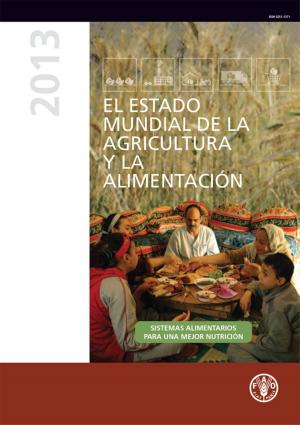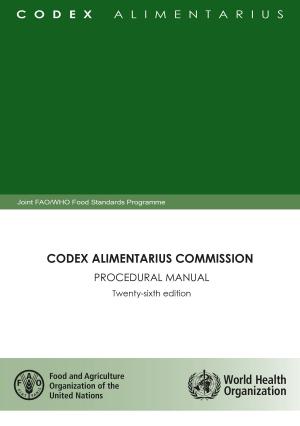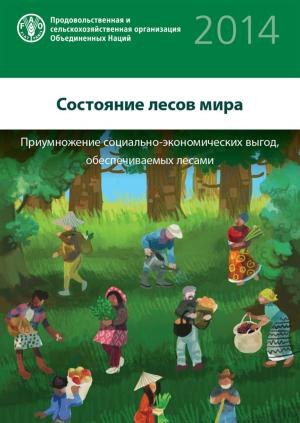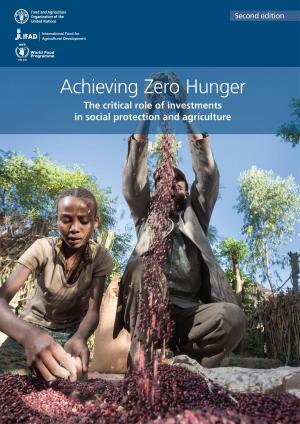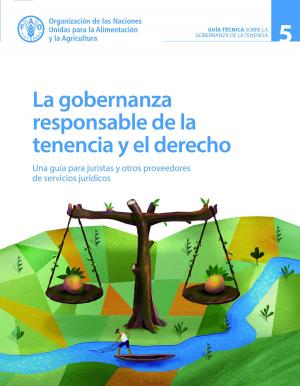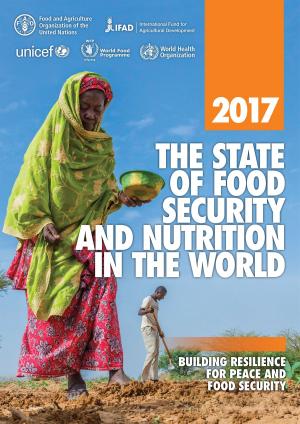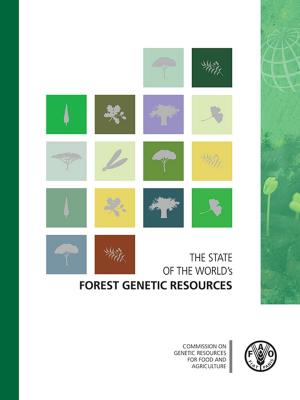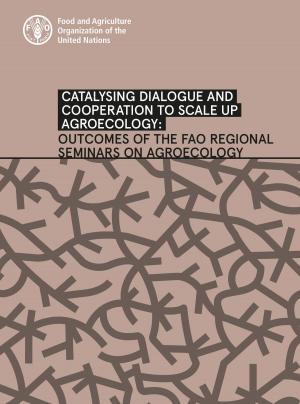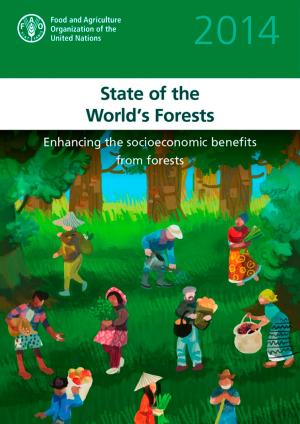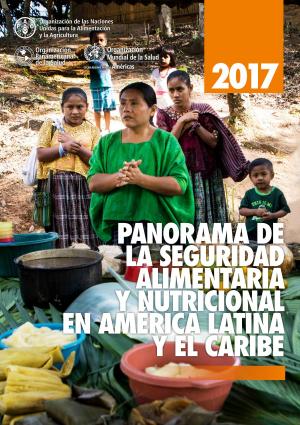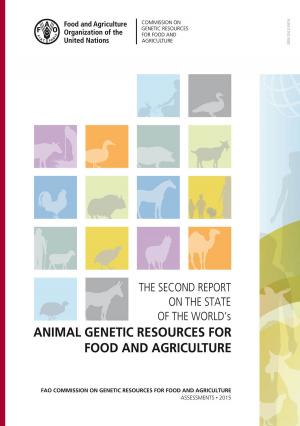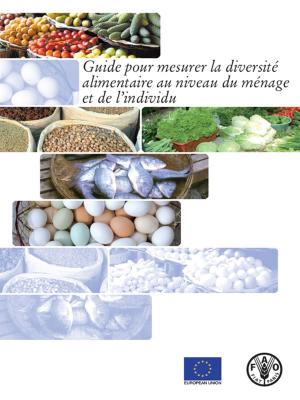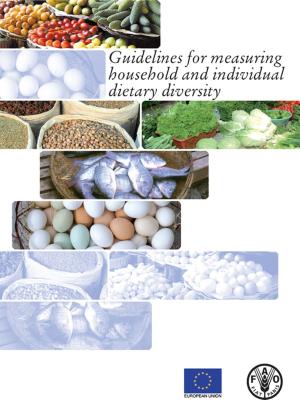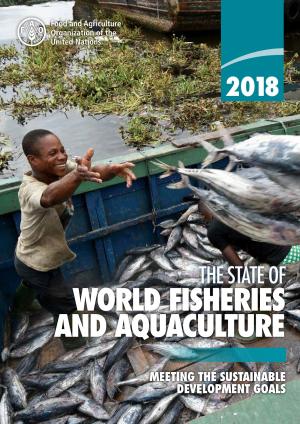Africa Regional Overview of Food Security and Nutrition 2017. The Food Security and Nutrition–conflict Nexus: Building Resilience for Food Security, Nutrition and Peace
Nonfiction, Social & Cultural Studies, Social Science| Author: | Food and Agriculture Organization of the United Nations | ISBN: | 9789251302279 |
| Publisher: | Food and Agriculture Organization of the United Nations | Publication: | February 22, 2018 |
| Imprint: | Smashwords Edition | Language: | English |
| Author: | Food and Agriculture Organization of the United Nations |
| ISBN: | 9789251302279 |
| Publisher: | Food and Agriculture Organization of the United Nations |
| Publication: | February 22, 2018 |
| Imprint: | Smashwords Edition |
| Language: | English |
In sub-Saharan Africa there were about 224 million undernourished people in sub-Saharan Africa in 2016, up from 200 million in 2015. In many countries, the worsening situation in 2015 and 2016 can be attributed to adverse climatic conditions, often linked to the El Niño phenomenon, resulting in poor harvests and the loss of livestock. Conflict, sometimes in combination with drought or floods, also contributed to severe food insecurity in several countries. Lower commodity prices and a difficult global economic environment have furthermore contributed to the worsening food security situation.
The worrying trend in undernourishment is not yet reflected in the series of indicators referring to nutritional outcomes in the region, with the prevalence of stunting and wasting for children under the age of five continuing to decline gradually. However, progress towards the World Health Assembly global nutrition targets has been generally poor. While a relatively large proportion of countries are on track to meeting the target for overweight in children, the rates for adult obesity are soaring in all regions and are especially high in Southern Africa.
The report also finds that across the board, countries have developed and are developing policy frameworks and investment plans that are aligned, or efforts are being made to align them, with the goals of the Malabo Declaration and SDG 2. Through CAADP, policy processes are coherent, and this initiative has raised the profile of agriculture and heavily influenced agricultural policy at regional and national levels. However, the worrying trends in undernourishment underline the need for even greater efforts to achieve the SDG 2 by 2030.
The thematic part of the report focuses on the food security and nutrition–conflict nexus. Conflict is not only an increasingly important cause of food insecurity and malnutrition but food insecurity and malnutrition can also become conflict multipliers. Addressing the causes of conflicts and supporting food security and livelihoods can help build resilience to conflict and contribute to sustaining peace.
In sub-Saharan Africa there were about 224 million undernourished people in sub-Saharan Africa in 2016, up from 200 million in 2015. In many countries, the worsening situation in 2015 and 2016 can be attributed to adverse climatic conditions, often linked to the El Niño phenomenon, resulting in poor harvests and the loss of livestock. Conflict, sometimes in combination with drought or floods, also contributed to severe food insecurity in several countries. Lower commodity prices and a difficult global economic environment have furthermore contributed to the worsening food security situation.
The worrying trend in undernourishment is not yet reflected in the series of indicators referring to nutritional outcomes in the region, with the prevalence of stunting and wasting for children under the age of five continuing to decline gradually. However, progress towards the World Health Assembly global nutrition targets has been generally poor. While a relatively large proportion of countries are on track to meeting the target for overweight in children, the rates for adult obesity are soaring in all regions and are especially high in Southern Africa.
The report also finds that across the board, countries have developed and are developing policy frameworks and investment plans that are aligned, or efforts are being made to align them, with the goals of the Malabo Declaration and SDG 2. Through CAADP, policy processes are coherent, and this initiative has raised the profile of agriculture and heavily influenced agricultural policy at regional and national levels. However, the worrying trends in undernourishment underline the need for even greater efforts to achieve the SDG 2 by 2030.
The thematic part of the report focuses on the food security and nutrition–conflict nexus. Conflict is not only an increasingly important cause of food insecurity and malnutrition but food insecurity and malnutrition can also become conflict multipliers. Addressing the causes of conflicts and supporting food security and livelihoods can help build resilience to conflict and contribute to sustaining peace.

